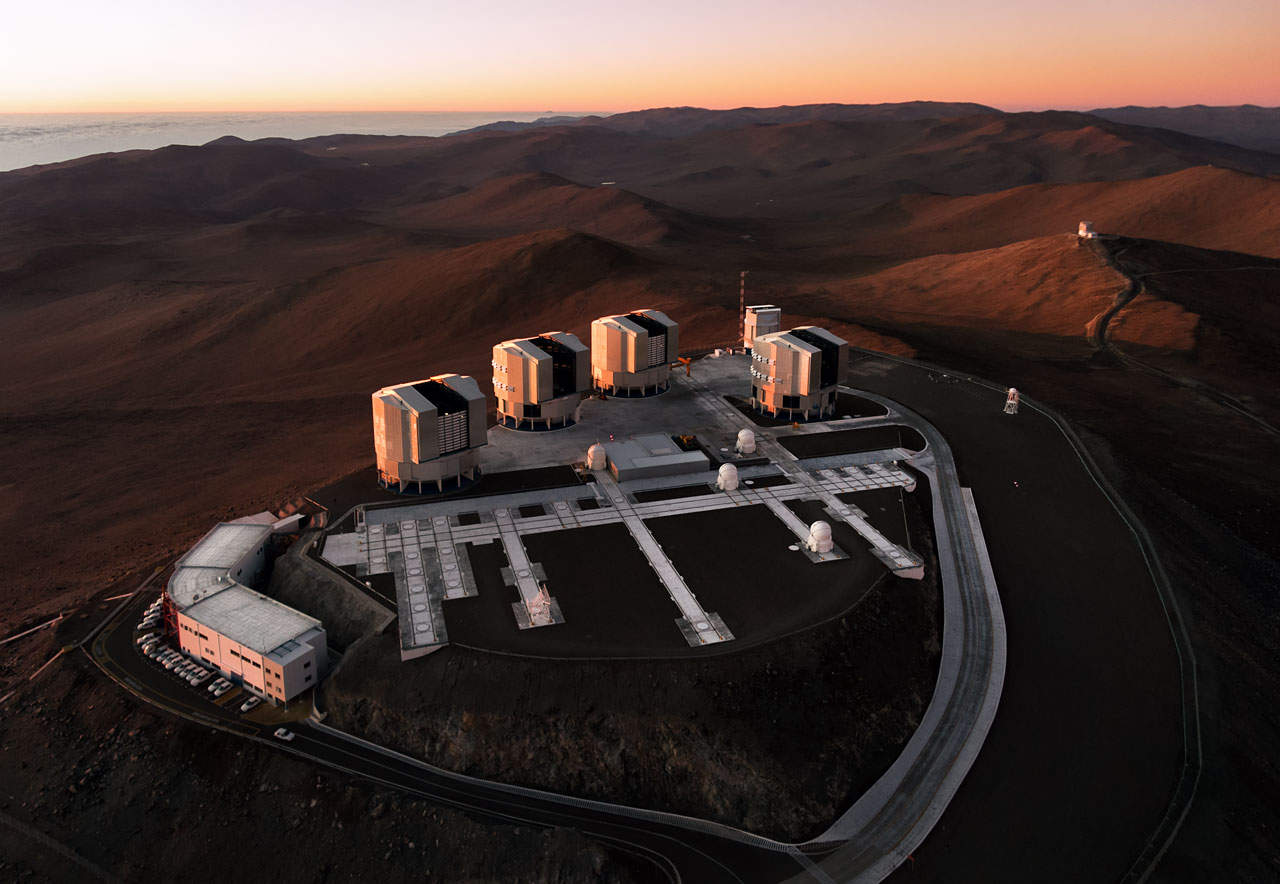OSIRIS-REx sample capsule lands in Utah
KIHEI, Hawaii — A capsule from a NASA spacecraft landed in the Utah desert Sept. 24, completing a seven-year mission to return samples from a near Earth asteroid.
The sample return capsule from the Origins, Spectral Interpretation, Resource Identification, and Security-Regolith Explorer, or OSIRIS-REx, spacecraft touched down in the Utah Test and Training Range at 10:52 a.m. Eastern. The landing took place 10 minutes after the capsule, traveling at 44,500 kilometers per hour, entered the Earth’s atmosphere.
The landing took place three minutes earlier than the nominal timeline for the capsule’s return. NASA said on the landing webcast that the main parachute opened at a much higher altitude than planned: about 6,000 meters versus the expected 1,500 meters. It was not clear what caused the deviation from those plans, but images showed the capsule intact on the surface.
The capsule separated from the main OSIRIS-REx spacecraft at 6:42 a.m. Eastern after mission managers gave final approval for the release. Twenty minutes later, the main spacecraft performed a “divert” maneuver so that it would safely fly by the Earth.
NASA launched OSIRIS-REx in September 2016 on an Atlas 5, and the spacecraft arrived at Bennu in 2018. After studying the asteroid’s surface from orbit, scientists selected a location on the surface to perform a “touch and go” maneuver where the spacecraft would descend the surface, briefly plunging a sampling device into the surface to collect material from the asteroid before retreating.
That sampling maneuver took place in October 2020 and worked almost too well, gathering so much material from the surface of Bennu that engineers accelerated the stowage of the sample container into the return capsule after images showed some material leaking into space.
Project officials said that while they were not able to measure how much material was in the sample canister, they believed they far exceeded the mission requirement of 60 grams of material. Dante Lauretta, principal investigator for OSIRIS-REx at the University of Arizona, said at a Sept. 22 briefing that the mission estimated the capsule carried 250 grams of material, plus or minus 101 grams. “Even at the low end of that end estimate, we’re well above our mission requirements,” he said.
The sample container will be transported to a curation facility at the Johnson Space Center Sept. 25. Once there, scientists will begin a meticulous process to remove the samples to avoid contamination and allow scientific study to begin. NASA cautioned, though, that the effort may be put on hold if there is a federal government shutdown because of a lapse of funding on Oct. 1.
The main OSIRIS-REx spacecraft will now begin an extended mission called OSIRIS-APEX. It will travel to another near Earth asteroid, Apophis, arriving shortly after the asteroid makes an Earth flyby in 2029.




